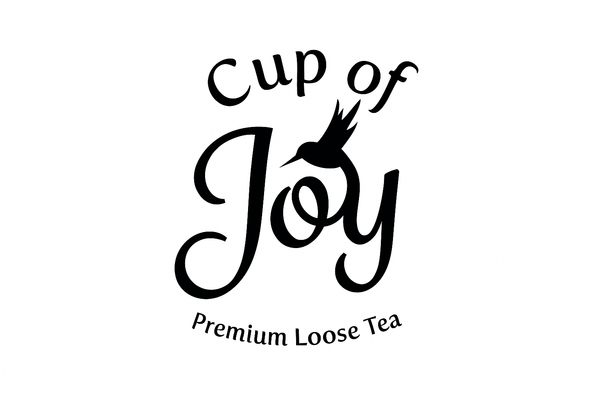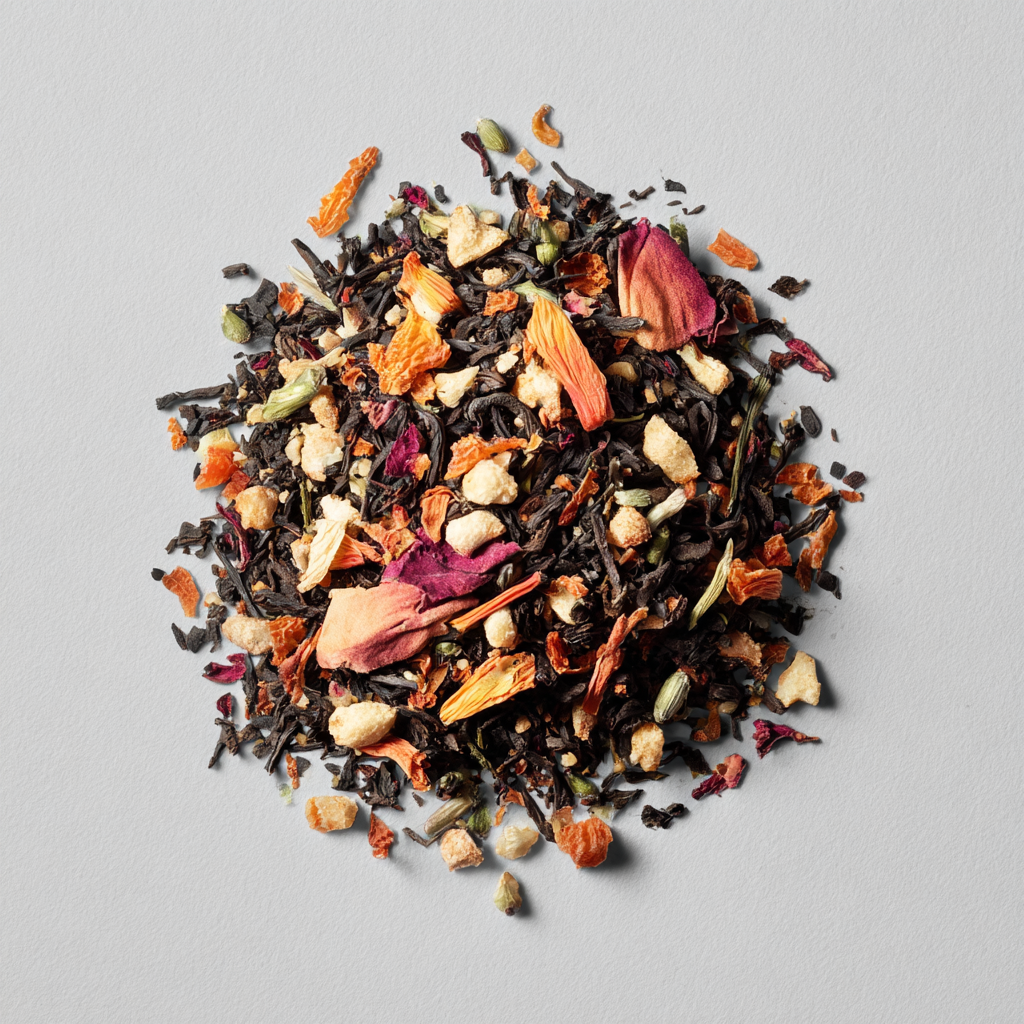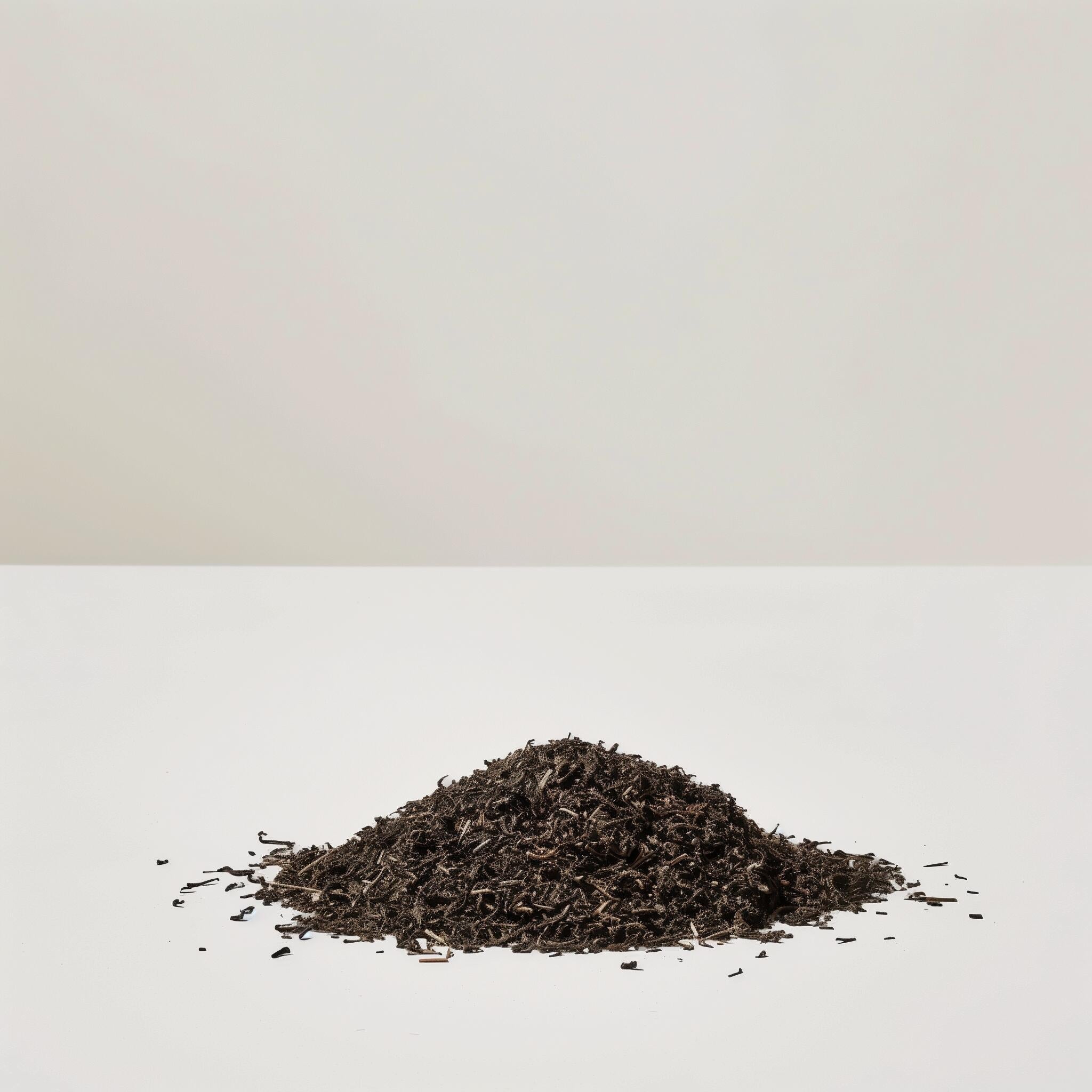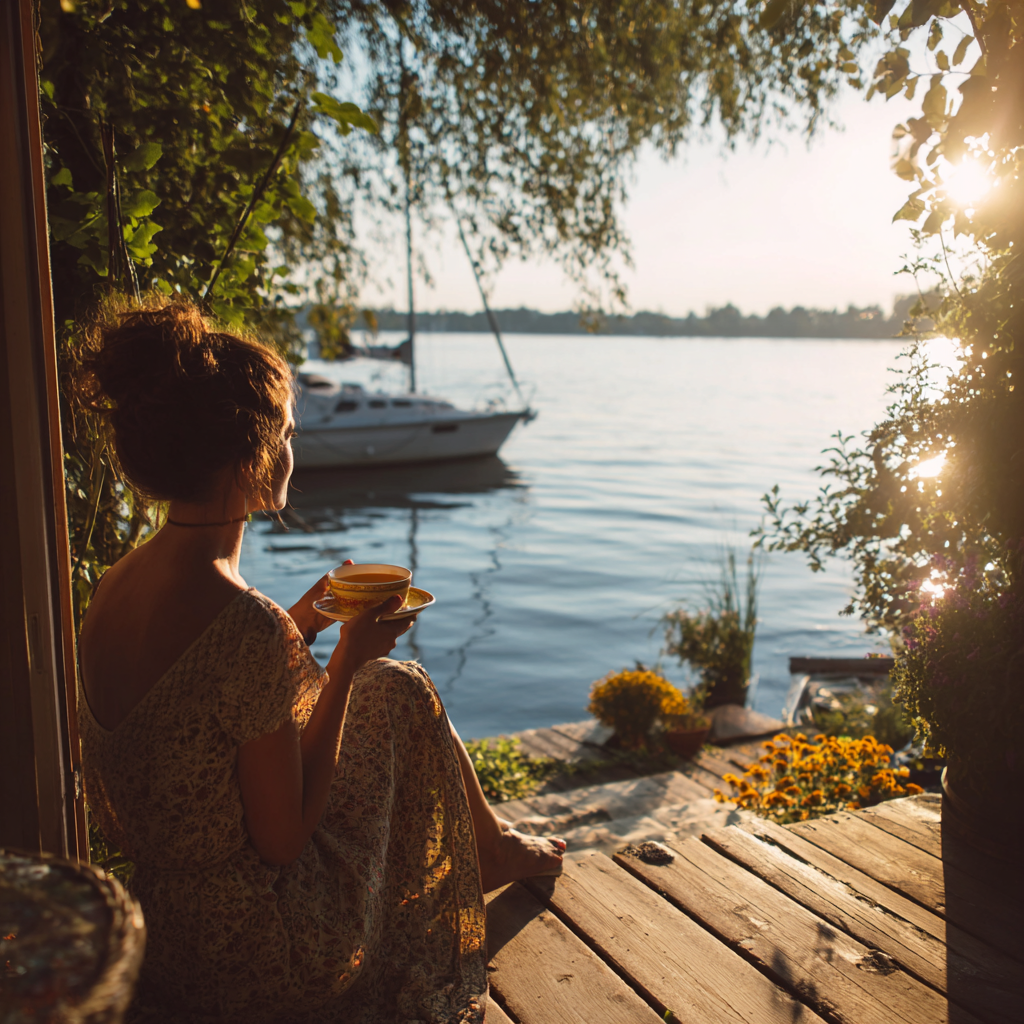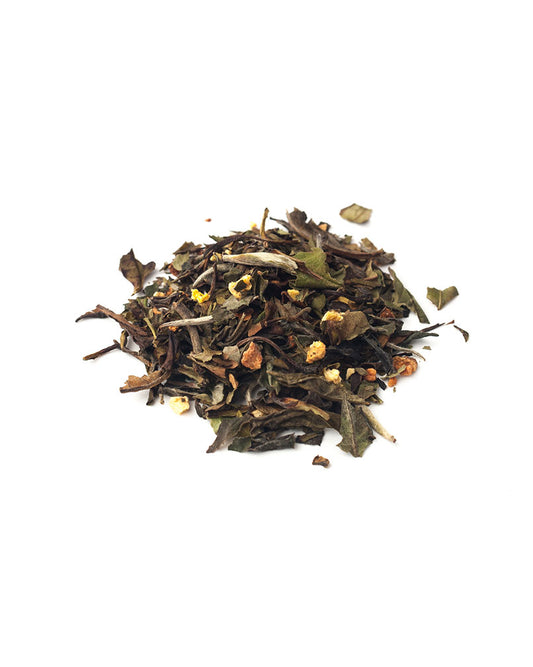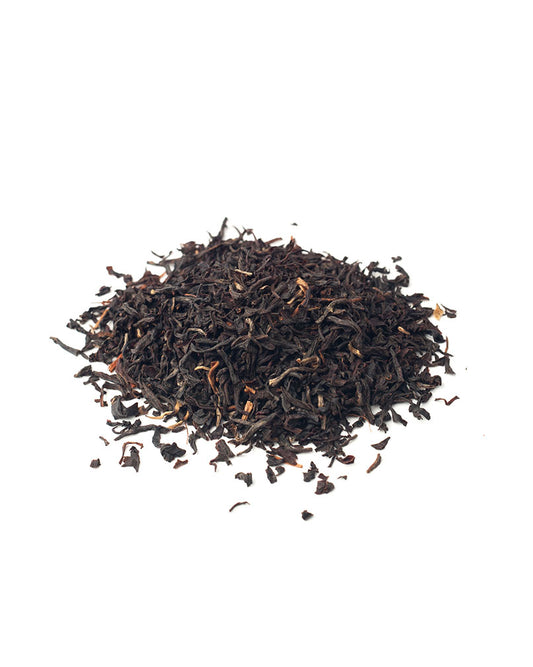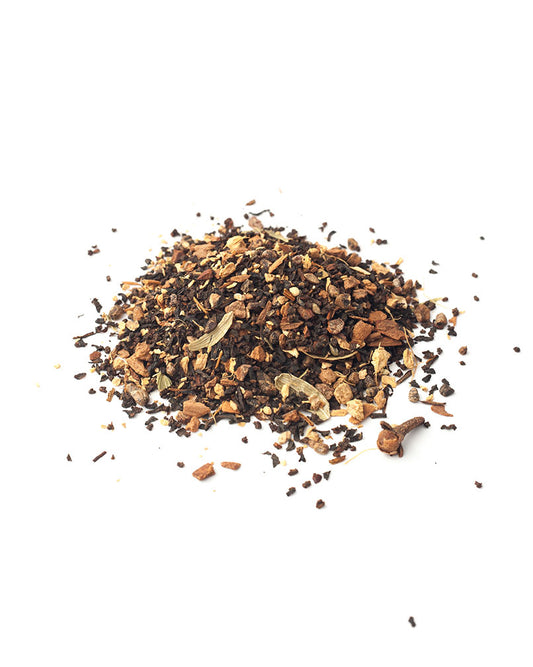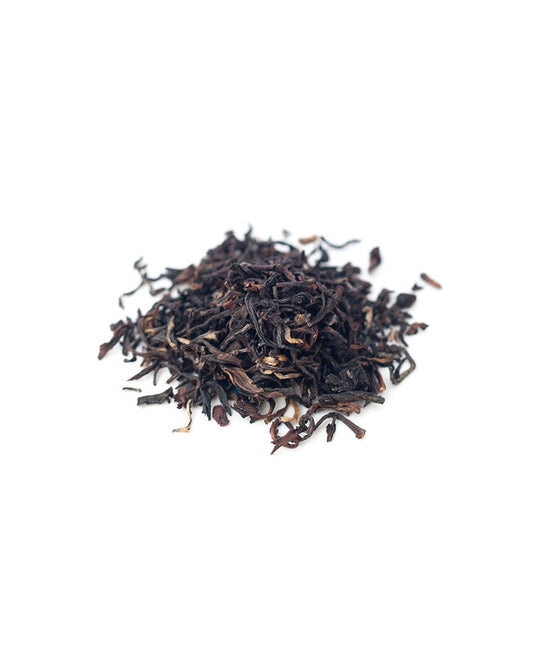Our health teas blend nature's finest ingredients for holistic well-being.
Cup of Joy Summer Collection
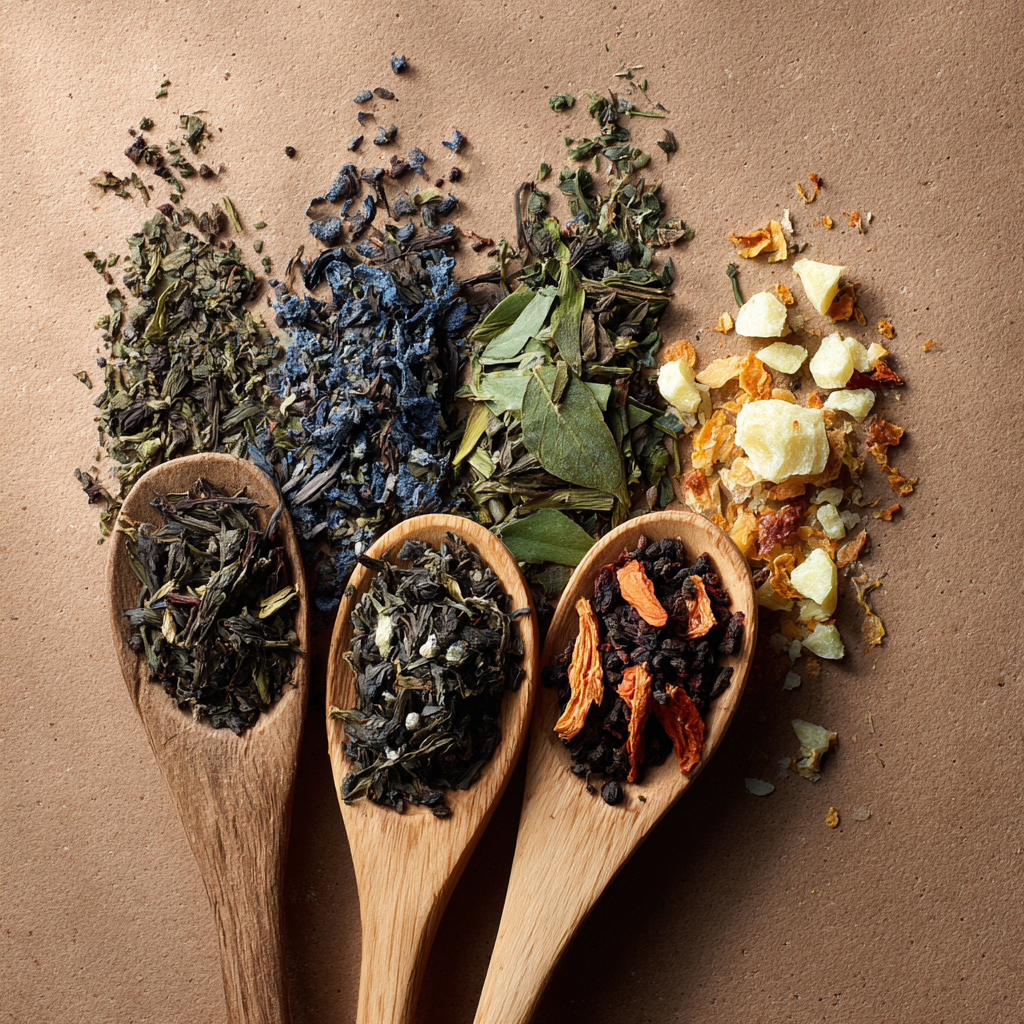
White Organic: Peach Blossom
Regular price
From $6.00 USD
Regular price
Sale price
From $6.00 USD
Unit price
per

Herbal/Tisanes
Herbal teas—also called tisanes—are a major part of the tea world, but...
-
Black Organic: Ceylon - Sri Lanka
Regular price From $6.00 USDRegular priceUnit price per -
Black Organic: Assam FOP
Regular price From $6.00 USDRegular priceUnit price per -
Black Organic: Cha Cha Chai
Regular price From $6.00 USDRegular priceUnit price per -
Black Organic: Darjeeling Makaibari, 2nd Flush
Regular price From $6.00 USDRegular priceUnit price per
